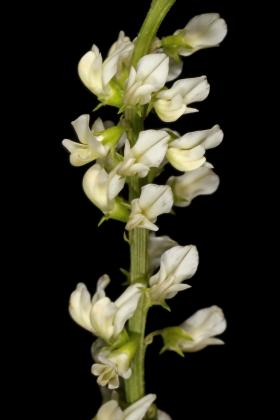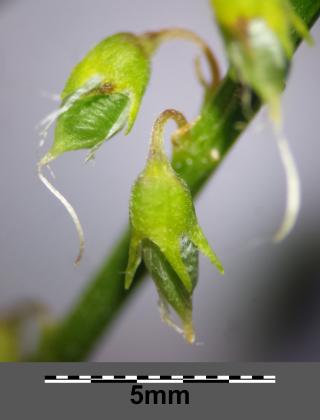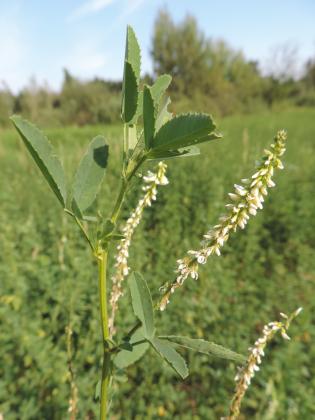Melilotus officinalis M. albus - From rat poison to medicine that saved a President
Melilotus officinalis and M. albus are both called sweetclover or sweet clover. The difference is that M. albus has white flowers while those of M. officinalis are yellow. Some believe they are the same species. PubAg, the U.S. Department of Agriculture National Agricultural Library, pubag.nal. usda.gov, has an article about this, “Are Melilotus albus and M. officinalis conspecific?” Conspecific means belonging to the same species.
Sweetclover is a nitrogen-fixing legume that enriches soil. It’s a forage crop and an excellent nectar source for honey bees. It can grow in wet and saline soils not suitable for other plants. Sweetclover was brought to the U.S. in the mid-17th century from its native Eurasia. Depending on conditions, it is an annual with a life cycle of one year, a biennial which takes two years or a perennial living longer than two years.
In Grimes County, sweetclover plants are seen in late winter followed by spring flowers lasting into fall. It can be 3 to 6 feet tall. Leaves are alternate and trifoliate, compound leaves with three leaflets. The Inflorescences are 2 to 6-inch clusters of small 5-petaled flowers. Fruit is a seedpod containing 1 or 2 seeds that can remain viable in the soil for more than 30 years.
Sweetclover contains high amounts of the compound coumarin which has the scent of vanilla or hay. Used in food, fragrances and medicines, some other plants also produce coumarin. Sweetclover is edible if fresh or very dry. If damp, mold grows on the plant changing coumarin to dicoumarol, a blood thinner. Before this was known, cattle that ate mold-contaminated sweetclover hay would hemorrhage and die. The cause was discovered in 1940 with research funded by the Wisconsin Alumni Research Foundation, WARF. Dicoumarol was patented as a rodenticide, rat poison, and named warfarin to honor WARF.
Warfarin remained only a rodenticide until 1951 when a man ingested it in a suicide attempt. He was saved when given vitamin K which helps blood clot. It was realized that warfarin could be used therapeutically as a blood thinner for stroke and heart attack patients. In 1955 warfarin saved President Dwight D. Eisenhower when he had a heart attack. More information is in an article by the National Institutes of Health, NIH, ncbi.nlm.nih. gov, “The President Who Swallowed Rat Poison: Preventing the Next Heart Attack”.
For millennia sweetclover leaves have been eaten raw, cooked, and dried for spice and tea. Seeds are used as a spice, ground for flour, and eaten as a cooked cereal. In traditional medicine, sweetclover is used to treat cancer, rheumatism, hemorrhoids, conditions that damage veins, etc. It also has veterinary uses. M. officinalis and M. albus are in the Food and Drug Administration Poisonous Plant Database at fda.gov.
Following are some of many sweetclover articles:
• “Chemical Constituents and Antioxidant, Anti-Inflammatory and Anti-Tumor Activities of Melilotus officinalis
(Linn.) Pall”. NIH • “Effects of Melilotus offi cinalis on acute inflammation”. NIH.
• “A novel honey-based product enriched with coumarin from Melilotus flowers”. PubAg.
Deborah Richardson is a freelance reporter for The Examiner with a fondness for flora in its natural setting.







